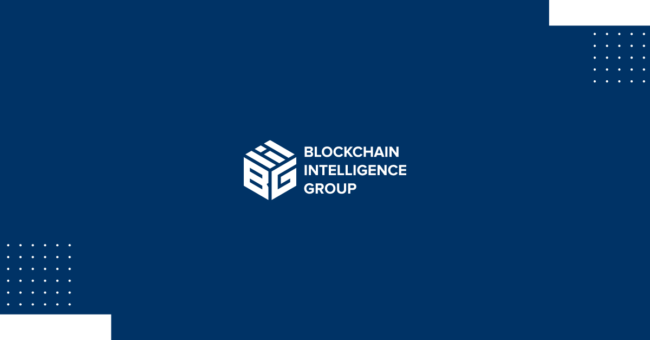Banking the Unbanked
While financial infrastructure has progressed rapidly in the last few decades, it is still not all-inclusive, with some groups of the global population still unable to access financial services. Blockchain Intelligence Group believes that financial institutions can use innovative blockchain solutions like Decentralized Finance (DeFi) and stablecoins to reach these groups of people and reduce the number of unbanked, worldwide.
According to a 2017 World Bank report, about 1.7 billion adults in the world remain unbanked. This is an estimated $380 billion opportunity for financial institutions. The study showed that half of the unbanked came from the poorest 40% households while the other half came from the rest of the households. This suggests that while poverty is one of the biggest reasons for financial exclusion, it is not the only one. Other important factors identified in the study include geographical restrictions like financial institutions being too far away, extensive documentation requirements for opening an account with such institutions, excessive costs for maintaining such an account, and a distrust in the financial system, among other reasons.
Banks are inaccessible to people living in certain low-income countries and rural areas, and in some places, there may not even be a viable banking infrastructure in place. The risks and costs involved in establishing a financial infrastructure in such countries often outweigh the benefits. Cryptocurrencies may be a much better alternative for banks to extend their services to these regions especially if they have the required network infrastructure and digital literacy.
Cryptocurrencies can bridge the gap for people who are unable to access financial systems or services due to onerous documentation requirements (such as “Know Your Customer” identity verification). To do this, financial institutions can give users a unique blockchain identity, thereby allowing them to participate in the market. The users’ money laundering risk can be assessed using blockchain analytics. If users continuously maintain a good risk score, financial institutions can increase the level of services they enjoy, mitigating risk on the service provider’s side while enabling customers to access more financial services.
For individuals who do not use banks and other financial systems due to the costs involved in setting up and maintaining an account, smartphones are extremely useful everyday tools that can provide a workaround solution— blockchain-enabled money transfers via mobile phones are simple, cost-effective, and quick, even for international transactions. Additionally, the operating and maintenance costs of blockchain are significantly lower than that of traditional financial institutions.
Transparency is another feature that blockchain has to offer. Individuals who are hesitant to trust financial institutions may find it easier to participate in the financial system if they have the option of using trustless smart contract protocols, rather than their centralized counterparts.
Financial institutions should take advantage of the large number of unbanked individuals by offering products and services that support cryptocurrencies and encourage citizens to use the blockchain where access to a bank account is either not possible or not desirable. This also fosters trust among unbanked individuals, who may find it easier to trust products and services developed in collaboration with large financial institutions.
While the unbanked have a long way to go to enjoy easy, cost-effective access to financial services, blockchain technology has the potential to increase access to financial services for these groups of people. Financial institutions have an opportunity now, while the digital assets market is still in its nascency, to bank the unbanked through the strategic use of blockchain and cryptocurrency.
Ready to Start Investigating?
Our intuitive solutions bring you closer to your goals on the first day.



